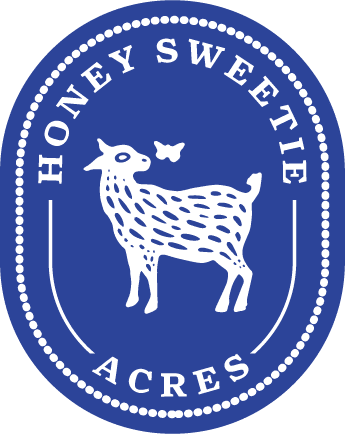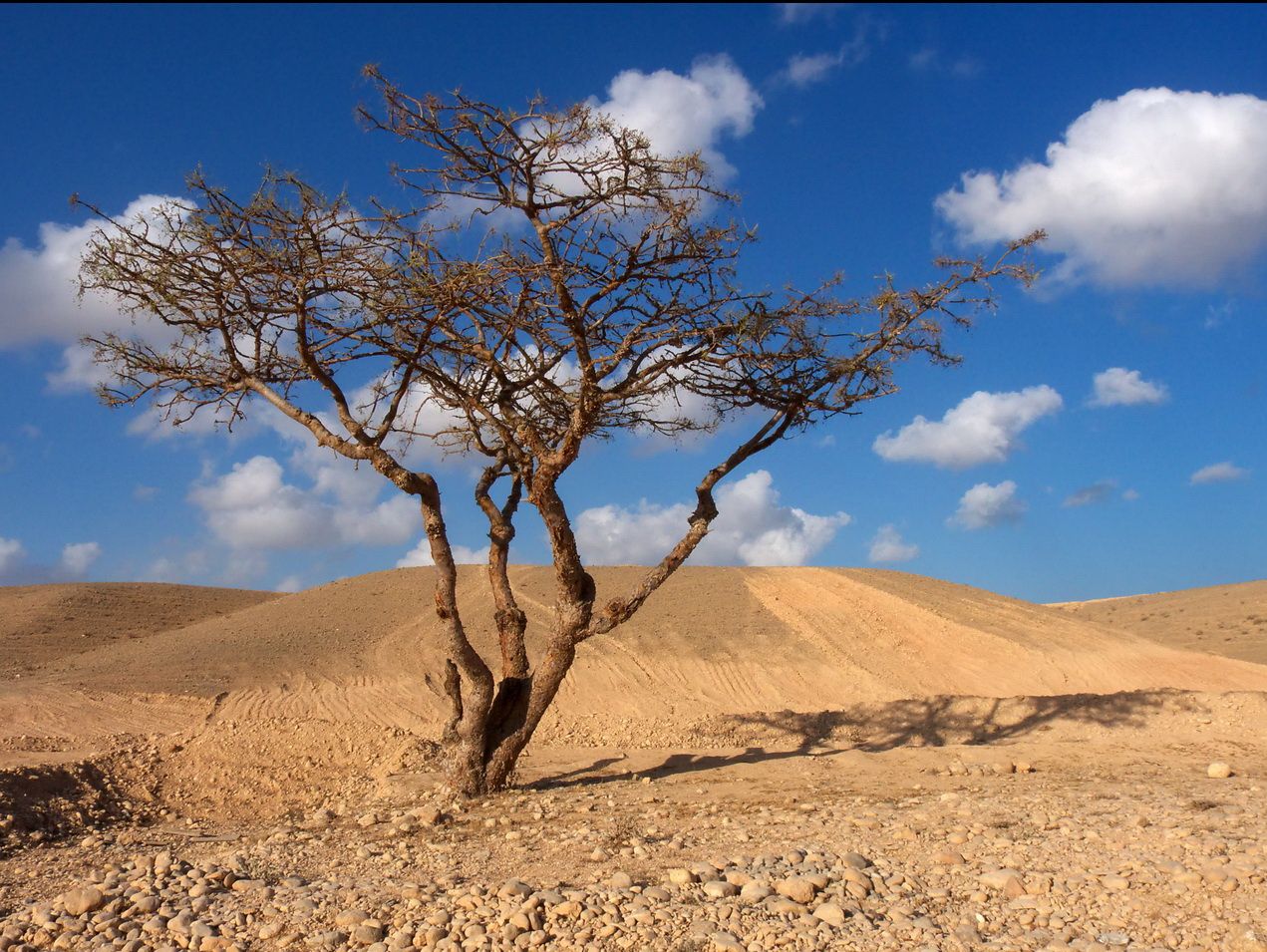Let’s talk about one of our very favorite gifts from nature. Frankincense.
What is Frankincense? Frankincense is an aromatic oleoresin from the sap of various Boswellia trees of the family Burseraceae (Genus Boswellia)
A variety of these trees grow in India, almost all of Arabia, and also in Africa. We will explore the different varietals of Frankincense and talk about our preferred grade used in our soap and what the types are that hold potential for new products. We source Frankincense with an eye toward sustainability. We purchase from suppliers who support the native population raising trees and encourage the protection of their ecosystems. Frankincense trees typically like dry, arid environments with rocky terrain.
Frankincense is experiencing a lot of interest from the medical community as a potential potent anti-inflammatory. This is due to the presence of Boswellia Acids, organic compounds that have been shown to inhibit inflammation. To go in-depth on the various constituents and the types of Boswellia acid, check out the research in this research paper from the National Institutes of Health.
As you start your journey, here are some basic Frankincense facts on the various types:
Boswellia Serrata – Native to India in the Punjab region and over into Pakistan. It is known for having four derivatives of Boswellic Acid, which the medical community has taken a significant interest in for anti-inflammatory benefits. This is one of the Frankincense species we will be using for therapeutic blends other than soap.
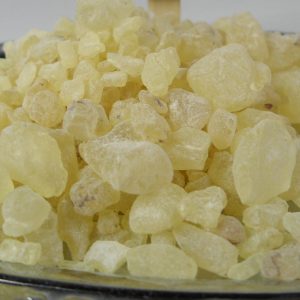
Boswellia Carterii – Native to Somalia & Ethiopia, high levels of Boswellic Acid also generate increased interest. Also called Beyo or Olibanum frankincense. The trees grow on rocky slopes and gullies in dry, desert areas. Heavily used in the perfume industry and also popular with churches.
Boswellia Frereana – Also native to Somalia, it is also known as “Madyi” (King) or “Coptic” Frankincense. It is the type used by the Coptic Church of Egypt, the earliest Christian Church in the world, established 42AD. The vast majority (80%+) of the resin is sold to Saudia Arabia and is used for high-end chewing gum.
Boswellia Dalzielli – One of the lesser-known types of frankincense. This is the African frankincense that comes from trees grown along the Ivory Coast. These particular trees can reach up to 90 feet tall. The smoke scent is slightly different, with notes of mint and citrus that provide a penetrating aroma.
Boswellia Papyrifia – Also known by the name Sudanese Frankincense. Sudan smoke has a lemon-pine scent. Grows in dry and rocky sites where many other trees fail. Heavily used by locals in traditional medicine. There has been a decline in the Papyrifia due to clearing trees for agricultural lands, which has led to ecological concern for this species.
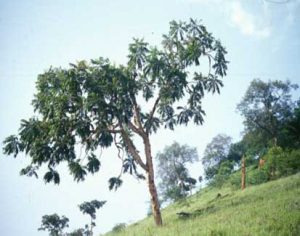
Boswellia Sacra – This is the species that grows in Salalah, Oman. In Salalah is the Dhofar Desert, which contains the Hojari Mountain Range. Sacra frankincense trees grow on the side of the Al Hojari Mountain, where the environmental conditions are perfect for creating the finest, highly fragrant resins. Research is also showing high levels of Boswellic Acid in this species. It has been in the scientific spotlight for the last couple of years, primarily for analgesic benefits. Research has shown a reduction in arthritis inflammation. Anti-tumor properties have generated significant excitement in cancer research as well.
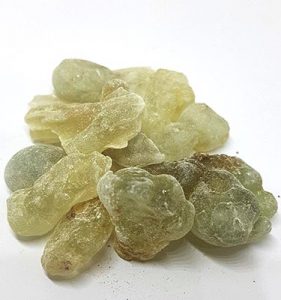
There are 3 grades of Sacra by size and color…..Royal Hojari has a greenish hue; Superior Hojari, which is yellowish-white; and High-Grade Hojari, which is amber brown.
We use Superior Hojari in our Frankincense & Myrrh soap, doing an oil infusion with resin we purchase from Oman. We find the scent is rich and long-lasting. We also know it has not been adulterated.
Adulteration of Frankincense Essential Oil is a concern in the market. A naturally-occurring constituent in Frankincense is Alpha-Pinene. It can be sourced from coniferous (pine) trees and added to Frankincense, thus diluting and changing its therapeutic potential. This is why we purchase pure resin, grind it to a powder and prepare infusions for use in our products.
